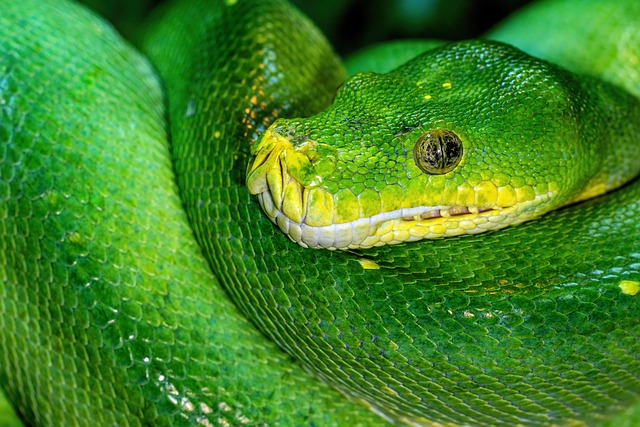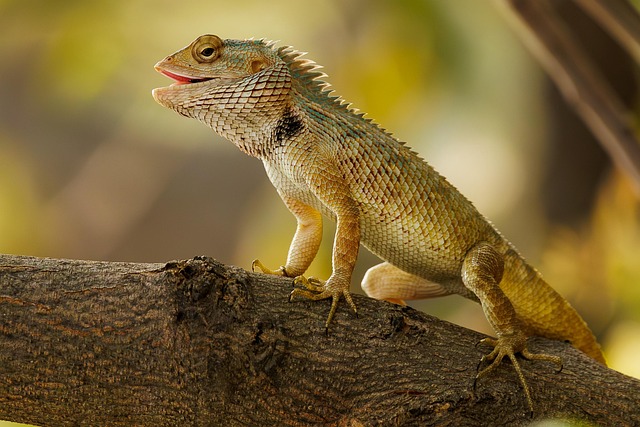
Unlocking the Mysteries of Python: A Closer Look at Nature’s Serpentine Wonders
Unlocking the Mysteries of Python: A Closer Look at Nature’s Serpentine Wonders
When we think of the word python, our minds often envision the graceful yet formidable creatures slithering through the underbrush of rainforests and grasslands. These magnificent reptiles, a member of the diverse family Pythonidae, serve as a fascinating reminder of nature’s wonders. With their remarkable adaptability and striking appearances, pythons captivate the hearts of animal lovers and naturalists alike.
The Enigmatic World of Pythons
Pythons are non-venomous constrictor snakes found in various parts of the world, predominantly in Africa, Asia, and Australia. They are known for their impressive size, with some species, like the reticulated python, reaching lengths of over 20 feet. Yet it’s not just the scale of these reptiles that intrigues us; it’s also their behavior, habitats, and impressive hunting techniques that unlock the mysteries of their existence.
Adaptability in Nature
One of the most remarkable aspects of pythons is their adaptability to various environments. From dense jungles to arid deserts, these serpents thrive across diverse ecosystems. Their ability to camouflage within their surroundings aids in hunting and evading predators. As they lie coiled in a sun-drenched branch or nestled among rocks, every scale reflects a unique story of survival and resilience, echoing the intricate balance of nature.
A Hunter’s Technique
Pythons are ambush predators, relying on patience and stealth to catch their prey. They possess a remarkable sense of smell and heat-sensing pits that allow them to detect warm-blooded animals even in the dark. Once they have located their target, they strike with incredible speed, wrapping their muscular bodies around the prey until it can no longer breathe. This method of hunting showcases the sheer elegance and raw power of these reptiles, reminding us of nature’s intricate design.
The Role of Pythons in Ecosystems
In the tapestry of ecosystems, pythons play a crucial role as both predators and prey. By keeping populations of smaller animals in check, they maintain the health and balance of their habitats. They also serve as a food source for larger mammals and birds of prey, continuing the cycle of life and death that is essential to nature’s resilience.
Conservation Challenges
Despite their fascinating adaptations and ecological importance, pythons face significant threats from habitat destruction, poaching, and the illegal pet trade. As human activities encroach on their natural habitats, the delicate balance of these ecosystems is at risk. Conservation efforts are vital to protect these magnificent creatures, ensuring that future generations can appreciate their beauty and role in nature.
A Call to Appreciate Nature’s Wonders
As we explore the world of pythons, let us take a moment to appreciate the broader ecosystem in which they exist. These magnificent reptiles remind us of the awe-inspiring beauty and diversity of life on Earth. By fostering a sense of respect and empathy for all creatures, we can contribute to the preservation of our planet’s incredible biodiversity.
Next time you think of a python, remember the intricacies of its life and habitat. Reflect on how each creature, no matter how small or seemingly insignificant, plays a vital role in the grand symphony of nature. It is within this wonder that we find a greater connection to the world around us.



